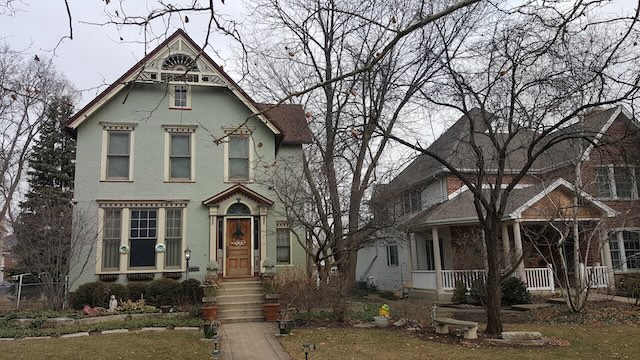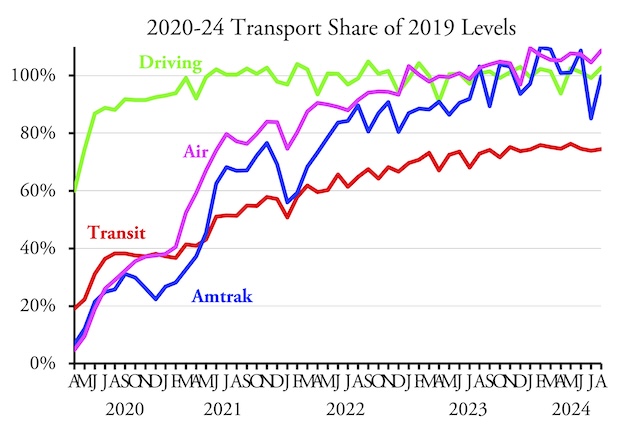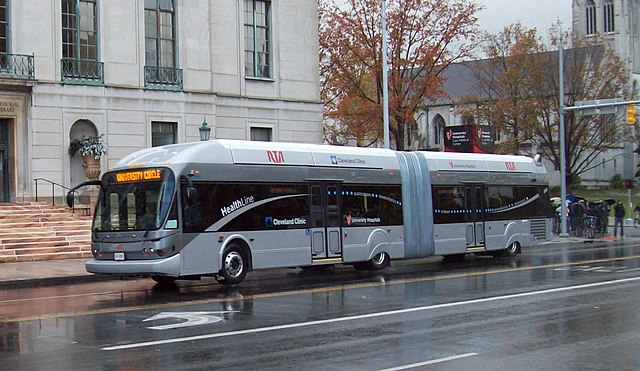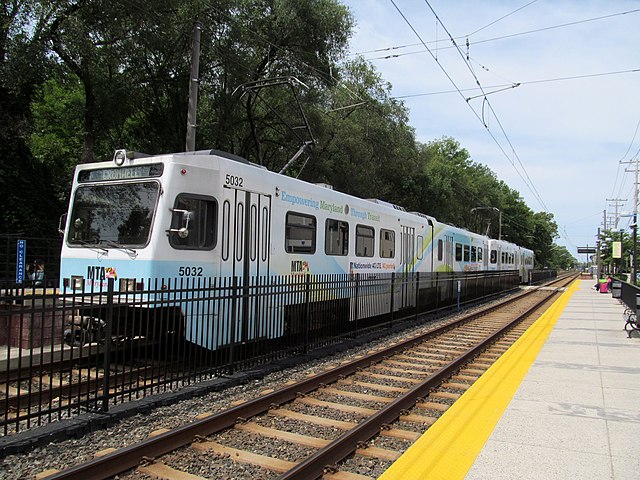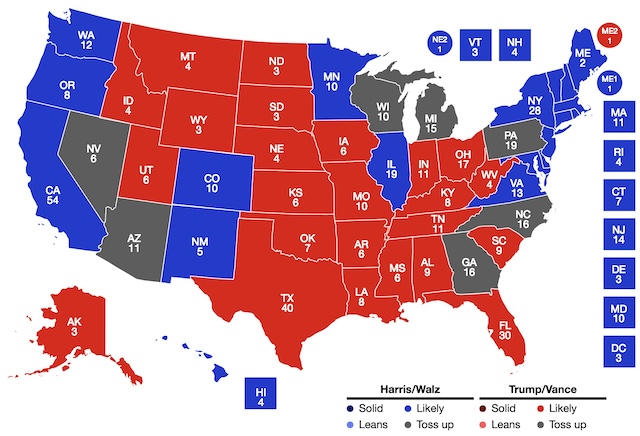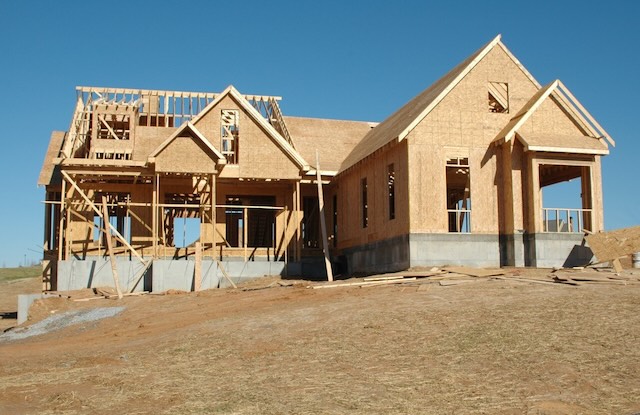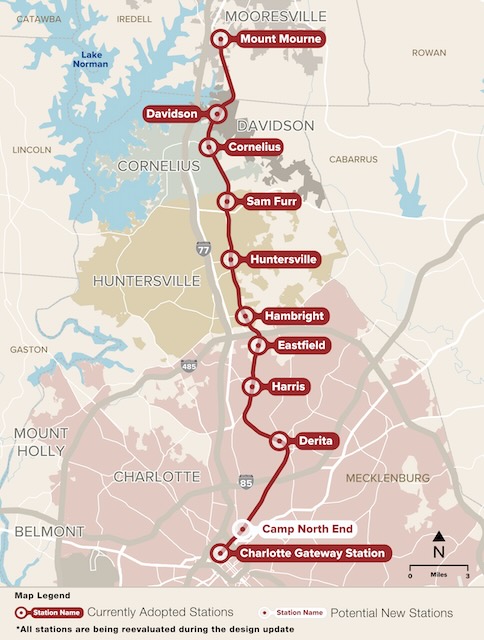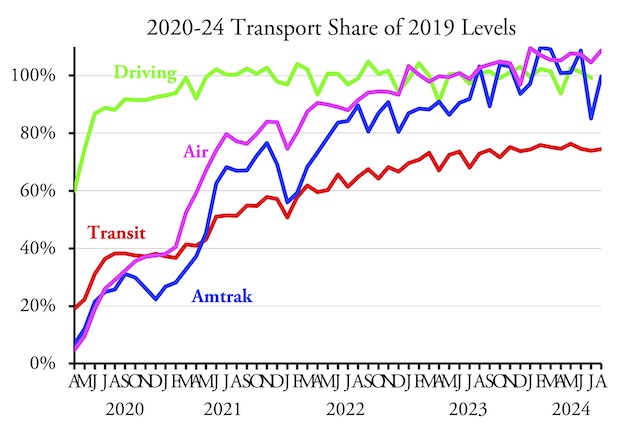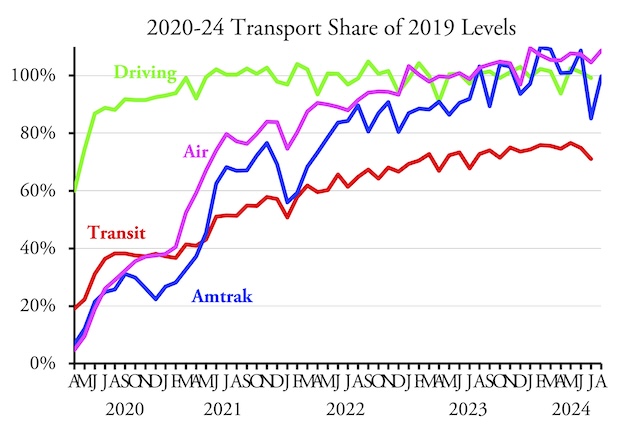The YIMBY movement argues that people who oppose densification of their single-family neighborhoods are racist. But race has nothing to do with it. A new paper by Wharton economist Joseph Gyourko and Brown University economist Sean McCulloch finds that a 1/2-unit per acre increase in density imposes a loss of $9,500 per home in single-family neighborhoods. Moreover, the loss is significantly larger if the increase density is in the form of multifamily housing or rental housing.
What Gyourko and McCulloch really found is that people are willing to pay more to live in low-density neighborhoods, and their willingness to pay for a home drops when the neighborhood is densified. This means densification is effectively a taking of private property, which the Fifth Amendment to the U.S. Constitution suggests should require compensation. Continue reading

